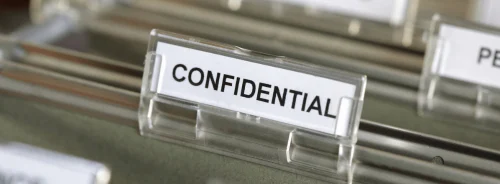HealthManagement, Volume 1 / Issue 3 Autumn 2006
The European Council Defines
Political Guidelines of the European Union
The European Council brings together the heads of state or government of the European Union and the President of the Commission. It defines the general political guidelines of the European Union. The European Council meets at least twice yearly (in practice, four times yearly, and sometimes if necessary more), usually in Brussels.
The European Council provides the impetus for the major political issues relating to European integration: amendments to theTreaties and changes to the institutions, declarations on external relations in the context of the common foreign policy and security, etc. But its guidelines and declarations are not legally binding. To be put into effect, they must follow the routine procedure through the European Parliament and the Council of the European Union – followed where necessary by implementation at a national level.
Article 4 of the Treaty on the European Union says: “The European Council shall provide the Union with necessary impetus for its development and shall define the general political guidelines thereof.”
Organisation of Work in
the Council: The Coreper
In Brussels, each EU Member State has a permanent representation to the European Community.This representation represents and defends its national interest at EU level. The head of each representation is, in effect, his or her country’s ambassador to the EU.
These ambassadors (also known as permanent representatives) meet weekly within the Permanent Representatives Committees (COREPER). The role of this committee is to prepare the work of the Council, with the exception of most agricultural issues, which are handled by the Special Committee on Agriculture. COREPER is assisted by a number of working groups, made up of officials from the national administrations.
The ‘Presidency of the Council’ rotates every six months. In other words, each EU country in turn takes charge of the Council agenda and chairs all the meetings for a six-month period, promoting legislative and political decisions and brokering compromises between the member states. Currently, Finland chairs the EU. In January, Germany will take over the EU Presidency until June 2007.
The Presidency is assisted by the General Secretariat, which prepares and ensures the smooth functioning of the Council’s work at all levels.
In 2004, Javier Solana was re-appointed Secretary-General of the Council. He is also High Representative for the Common Foreign and Security Policy (CFSP), and in this capacity he helps coordinate the EU’s actions on the world stage. Under the new constitutional treaty, the High Representative would be replaced by an EU Foreign Affairs minister. The Secretary General is assisted by a Deputy Secretary-General, in charge of managing the General Secretariat.
Summary
We now have an overview of the European Council, the Council of the European Union and last but not least we will cover the Council of Europe. Three different institutions whose roles should not be mixed up: The European Council is, as mentioned, the Heads of State or government of the European Union and the President of the Commission.The role of the European Council is crucial, but differs to that of the Council of the European Union, whose members are ministers from the Member States.The Council of the European Union exercises the power conferred on it by the Treaty, subject to review by the European Court of Justice, and it adopts Community legal instruments. Finally, the Council of Europe, which is described below, is distinct from the European Council, an international organisation outside the European Union, which deals with education, culture and above all the protection of human rights. It currently has 46 members.





